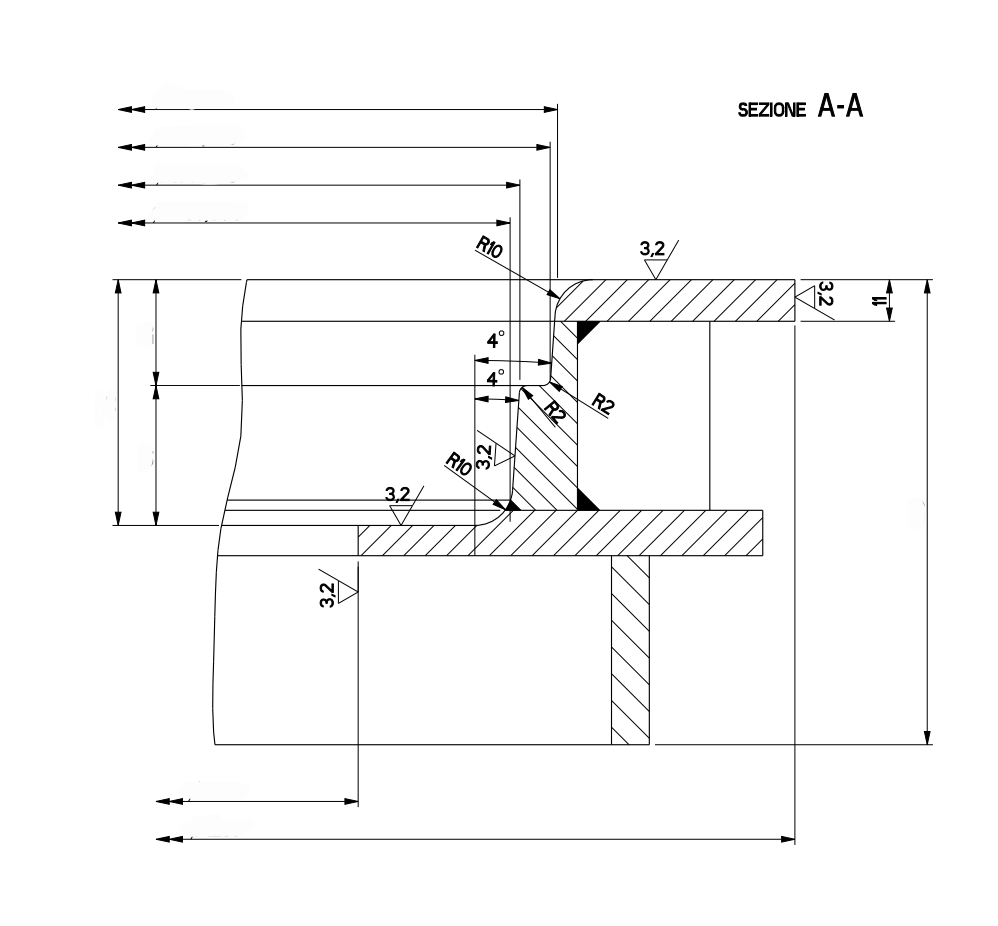- Afrikaans
- Albanian
- Amharic
- Arabic
- Armenian
- Azerbaijani
- Basque
- Belarusian
- Bengali
- Bosnian
- Bulgarian
- Catalan
- Cebuano
- China
- China (Taiwan)
- Corsican
- Croatian
- Czech
- Danish
- Dutch
- English
- Esperanto
- Estonian
- Finnish
- French
- Frisian
- Galician
- Georgian
- German
- Greek
- Gujarati
- Haitian Creole
- hausa
- hawaiian
- Hebrew
- Hindi
- Miao
- Hungarian
- Icelandic
- igbo
- Indonesian
- irish
- Italian
- Japanese
- Javanese
- Kannada
- kazakh
- Khmer
- Rwandese
- Korean
- Kurdish
- Kyrgyz
- Lao
- Latin
- Latvian
- Lithuanian
- Luxembourgish
- Macedonian
- Malgashi
- Malay
- Malayalam
- Maltese
- Maori
- Marathi
- Mongolian
- Myanmar
- Nepali
- Norwegian
- Norwegian
- Occitan
- Pashto
- Persian
- Polish
- Portuguese
- Punjabi
- Romanian
- Russian
- Samoan
- Scottish Gaelic
- Serbian
- Sesotho
- Shona
- Sindhi
- Sinhala
- Slovak
- Slovenian
- Somali
- Spanish
- Sundanese
- Swahili
- Swedish
- Tagalog
- Tajik
- Tamil
- Tatar
- Telugu
- Thai
- Turkish
- Turkmen
- Ukrainian
- Urdu
- Uighur
- Uzbek
- Vietnamese
- Welsh
- Bantu
- Yiddish
- Yoruba
- Zulu
Nov . 07, 2024 08:36 Back to list
Durable Molds for Dry Cast Reinforced Concrete Pipe Production and Pallet Solutions
The Significance of Dry Cast Reinforced Concrete Pipe Mold Pallets
In the construction and infrastructure sectors, the need for durable and reliable materials is paramount. One such material that has garnered significant attention is dry cast reinforced concrete, particularly in the form of pipes meant for various applications. The production of these pipes heavily relies on the use of specialized materials and methods, including dry cast reinforced concrete pipe molds or pallets. This article explores the importance of these molds in ensuring the quality and efficiency of pipe production.
Understanding Dry Cast Concrete
Dry cast concrete, as the name suggests, has a lower water content compared to traditional wet concrete. This specific type of mixture allows for the production of highly durable and dense materials. The low water-cement ratio enhances the strength and longevity of the final product, making it ideal for applications like drainage, sewage systems, and culverts. The dry process also enables the concrete to maintain its shape more effectively, resulting in precise dimensions and smoother surfaces.
The Role of Molds in Pipe Production
Molds are essential in the manufacture of dry cast reinforced concrete pipes. They determine the shape and size of the final product, ensuring that it meets stringent specifications. The use of quality molds enhances the production process by allowing for
1. Consistency With standardized molds, manufacturers can produce pipes with consistent dimensions and characteristics. This uniformity is crucial for ensuring that the pipes fit seamlessly into existing systems and comply with regulatory standards.
2. Efficiency Modern mold designs are engineered to optimize the casting process. They enable faster turnover times and reduce the need for excessive manual labor, thus enhancing productivity. Advanced molds might even allow for automatic demolding, further speeding up the production cycle.
dry cast reinfored concrete pipe mold/mould pallet

3. Durability The molds themselves must withstand the rigors of the production process and the harsh conditions to which the pipes may be exposed. High-quality materials used in mold fabrication ensure longevity and reliability, reducing the costs associated with frequent replacements.
Innovations in Mold Technology
The development of mold technology has significantly impacted the production of dry cast reinforced concrete pipes. Innovations such as vibration molding and automated systems have improved the density and quality of concrete. Vibration helps in compacting the concrete mixture more effectively, reducing air pockets and enhancing the overall strength of the pipes.
Furthermore, the integration of digital technologies allows manufacturers to monitor the curing process more accurately. Sensors can provide real-time data on temperature and humidity, ensuring optimal conditions for the concrete to cure. Such advancements reduce the risk of defects and improve the quality assurance processes.
Environmental Considerations
Another significant aspect of using dry cast reinforced concrete molds is their potential for sustainability. The dry casting process generates less waste compared to wet casting, as it uses fewer resources and allows for the recycling of materials. Moreover, the durability of the pipes reduces the need for frequent replacements, contributing to a decrease in resource consumption over time.
Conclusion
In conclusion, dry cast reinforced concrete pipe molds play a vital role in the production of high-quality, durable pipes that are essential for modern infrastructure. By enhancing consistency, efficiency, and durability, these molds contribute to the overall integrity of construction projects. As technology continues to evolve, the future of dry cast concrete pipe production looks promising, reinforcing the essential nature of mold technology in this industry. Manufacturers that invest in advanced mold designs and practices will undoubtedly lead the charge toward more sustainable and reliable construction solutions, meeting the demands of a growing population and an expanding urban landscape.
-
8mm Thin-Walled Cast Steel Manhole Cover Pallet Bottom Ring | Durable
NewsAug.04,2025
-
Premium Cast Iron Water Main Pipe: Durable, Corrosion-Resistant
NewsAug.03,2025
-
Durable Cast Iron Water Mains | AI-Optimized Systems
NewsAug.02,2025
-
High-Efficiency Propane Boiler for Baseboard Heat | Save Energy
NewsAug.01,2025
-
Premium Source Suppliers for Various Gray Iron Castings
NewsJul.31,2025
-
Durable Cast Iron Water Main Pipes | Long-Lasting
NewsJul.31,2025


